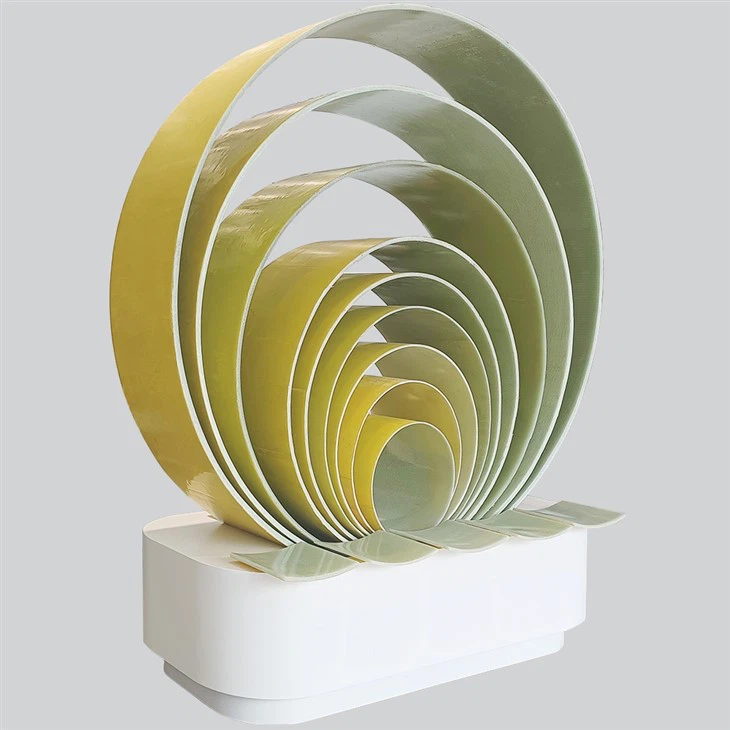What are the main trenchless pipeline rehabilitation technologies?
1. Lining Rehabilitation Technologies:
– CIPP (Cured-In-Place Pipe): A resin-impregnated soft tube is inserted into the old pipeline and cured to form a new lining.
– Spiral Winding Method: A strip material is spirally wound inside the old pipeline to create a new pipe.
– Short Pipe Lining Method: Short pipes are inserted section by section into the old pipeline and connected to form a new pipe.
2. Localized Repair Technologies:
– Spot CIPP: Targets localized damage using resin-impregnated materials for repair.
– Stainless Steel Lining: Installs stainless steel sleeves at damaged sections for repair.
– Coating Repair: Sprays materials like epoxy resin onto damaged areas for repair.
3. Pipe Bursting Method:
– Static Pipe Bursting: Uses bursting equipment to fracture the old pipe and pull in a new one.
– Pneumatic Pipe Bursting: Utilizes pneumatic impact to fracture the old pipe and pull in a new one.
4. Pipeline Spraying Technologies:
– Centrifugal Spraying: Uniformly sprays repair materials onto the inner wall of the pipeline using a rotating spray head.
– Pneumatic Spraying: Uses compressed air to spray repair materials onto the inner wall of the pipeline.
5. Pipeline Replacement Technologies:
– Pipe Bursting: Breaks the old pipe using bursting equipment and pulls in a new pipe.
– Pipe Jacking: Uses jacking equipment to push a new pipe into the position of the old one.
6. Other Technologies:
– UV Curing Repair: Uses UV-curable resin materials to repair pipelines.
– Chemical Grouting: Fills pipeline cracks and voids with grouting materials for repair.
Each technology has its advantages and disadvantages, and the choice depends on factors such as pipeline condition, repair requirements, and budget.





Leave A Comment